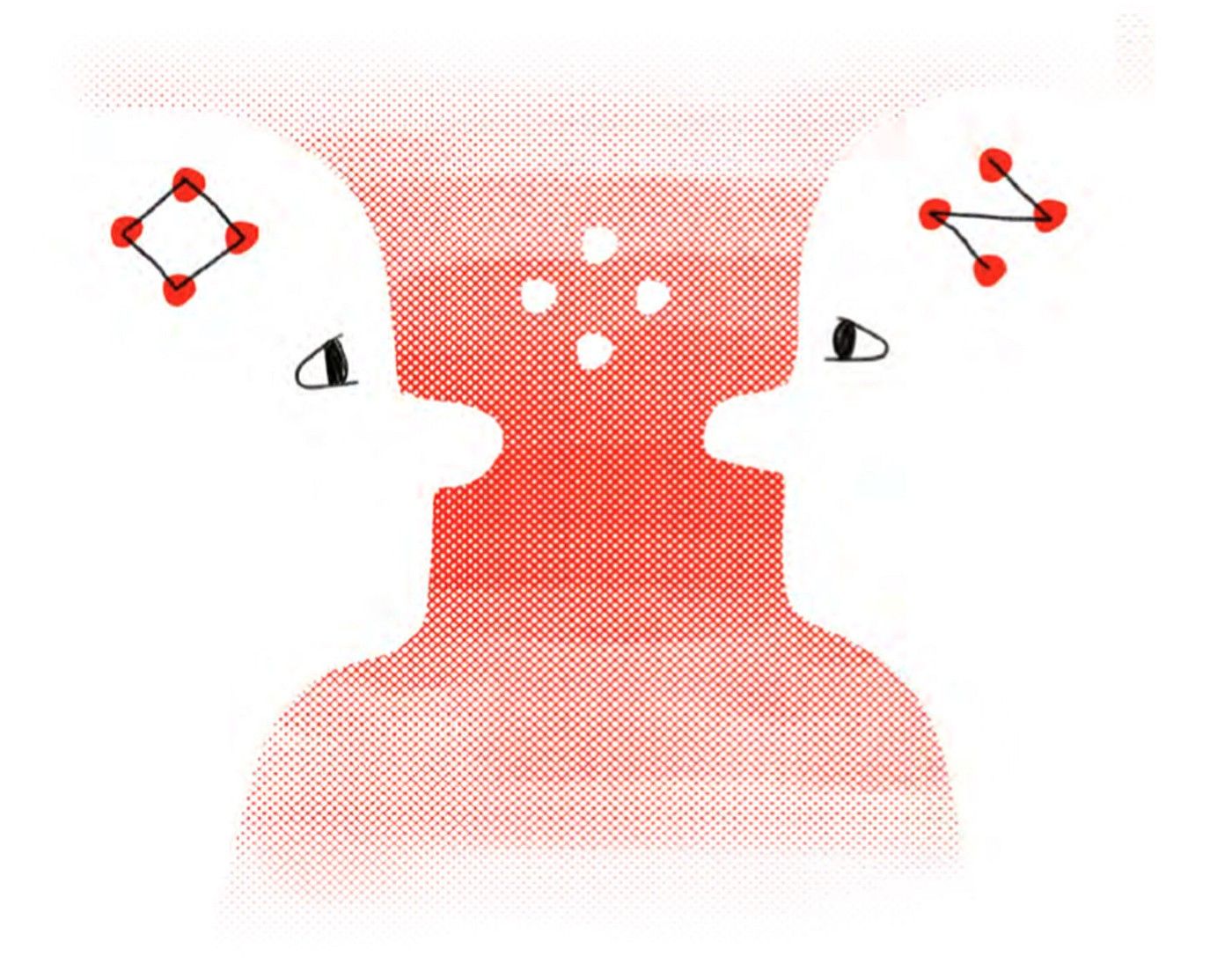Blog
Design-Driven Innovation in Critical Systems
Find out how companies can put themselves ahead of the curve with their critical systems through design.
Getting UxD right has numerous benefits. Getting it wrong can be disastrous. Either way, it is certainly not an ‘optional extra’.
By definition, a critical system is a system that must be highly reliable and retain its reliability as it evolves, all the while avoiding prohibitive costs. For such systems, trusted methods and techniques must be used for design and development, adding a meaningful purpose for its use. Systematically, these systems are way too complex; they involve people, business processes, technology, system contexts, and the interactions between these. The latter we can call user experience.
We can broadly perceive that critical systems have different types of intervention: safety-critical, mission-critical, business-critical, and security-critical. Consequently, those systems are too complex and they can become obsolete as technology and market evolve due to the constraints that initially are set by the business. This complexity is produced by each type of intervention, with the aim of building a robust and infallible system through the setting a huge number of technical features which are needed to accomplish the main goals.
“The world is complex, and so too must be the activities that we perform. But that doesn’t mean that we must live in continual frustration. No. The whole point of human-centered design is to tame complexity, to turn what would appear to be a complicated tool into one that fits the task, that is understandable, usable, enjoyable.” - Donald Norman
Making these systems simple and easy to use is a hard task; it requires a full understanding of business and about what type of activities the people will use in the system, and which are the circumstances of use. Contextual research is therefore imperative to get insights when designing for critical systems.

Design thinking and meanings
Many companies acknowledge their competitors’ products to follow their innovation, combining features and strategies from one another with no relevant meaning. By doing so, products become unmeaningful; they don’t achieve business objectives and don’t relate to users’ goals. Every product should have a meaning — meanings result from interactions between user and product. Yet many companies do not care about innovating meanings through design thinking, instead leaving it in the hands of their competitors and losing an opportunity to differentiate themselves in the long run.
“A great product isn’t just a collection of features. It’s how it all works together.” - Tim Cook
We should not develop ‘just another interface’ to interact with the technology, but develop an experience that makes the interaction seamless, objective and meaningful. People need to trust systems; after all, many critical systems have people’s lives and businesses in their hands. Systems should engage with human thinking lowing cognitive memory while connecting with users’ mental models. Analysts have shown that every product has a meaning and companies should therefore look beyond features, functions and performance, instead looking towards the real meanings users attribute to things.
Design as making sense of things
Design thinking helps to address the need of giving meaning to systems. This methodology brings a new dimension to the solution — humans (users). Innovation decisions can now be taken not only about technology but also about how humans (users) will use the system and what it will mean for them. Approaching problem-solving this way, companies can innovate their meanings.

The methodology brings HMI (Human-Machine Interface) to a supreme level of confidence, simplifying business and human interactions and preventing users from errors that could come with prohibitive costs for companies. It’s a non-linear and iterative process that relies on observing, with empathy, how people interact with their environments, encouraging companies to explore disruptive solutions and to focus on giving real meaning to systems.
“The etymology of design goes back to the latin de + signare and means making something, distinguishing it by a sign, giving it significance, designating its relation to other things, owners, users or gods.” - Design Issues, 1989
The ability to create products with a lifecycle significantly longer than that of the competition is key. This ability is crucial in the current innovation race, where products tend to survive for a very short period, and companies are unwilling to waste resources in a constant redesign.
Final thoughts
Every engineered system needing an interface should follow this approach. A beginner’s mindset will help to better understand needs, objectives and environments, applying technology to consequently encourage innovation.
To enable innovation and to expand the business over time, companies need to trust in the design thinking process, taking themselves out of their comfort zones by challenging assumptions and business decisions through a human-centred project approach.
“The challenge is about taking things that are infinitely complex and making them simpler and more understandable.” - Robert Greenberg
Want to know more about our work?
Browse our materials to discover more about what we do for our clients and some of the projects we’ve worked on.